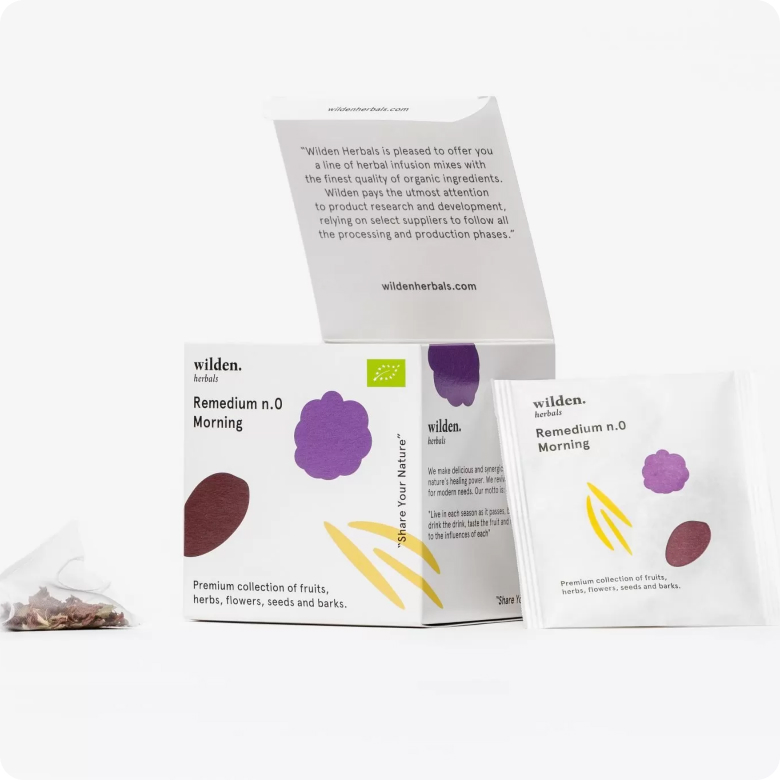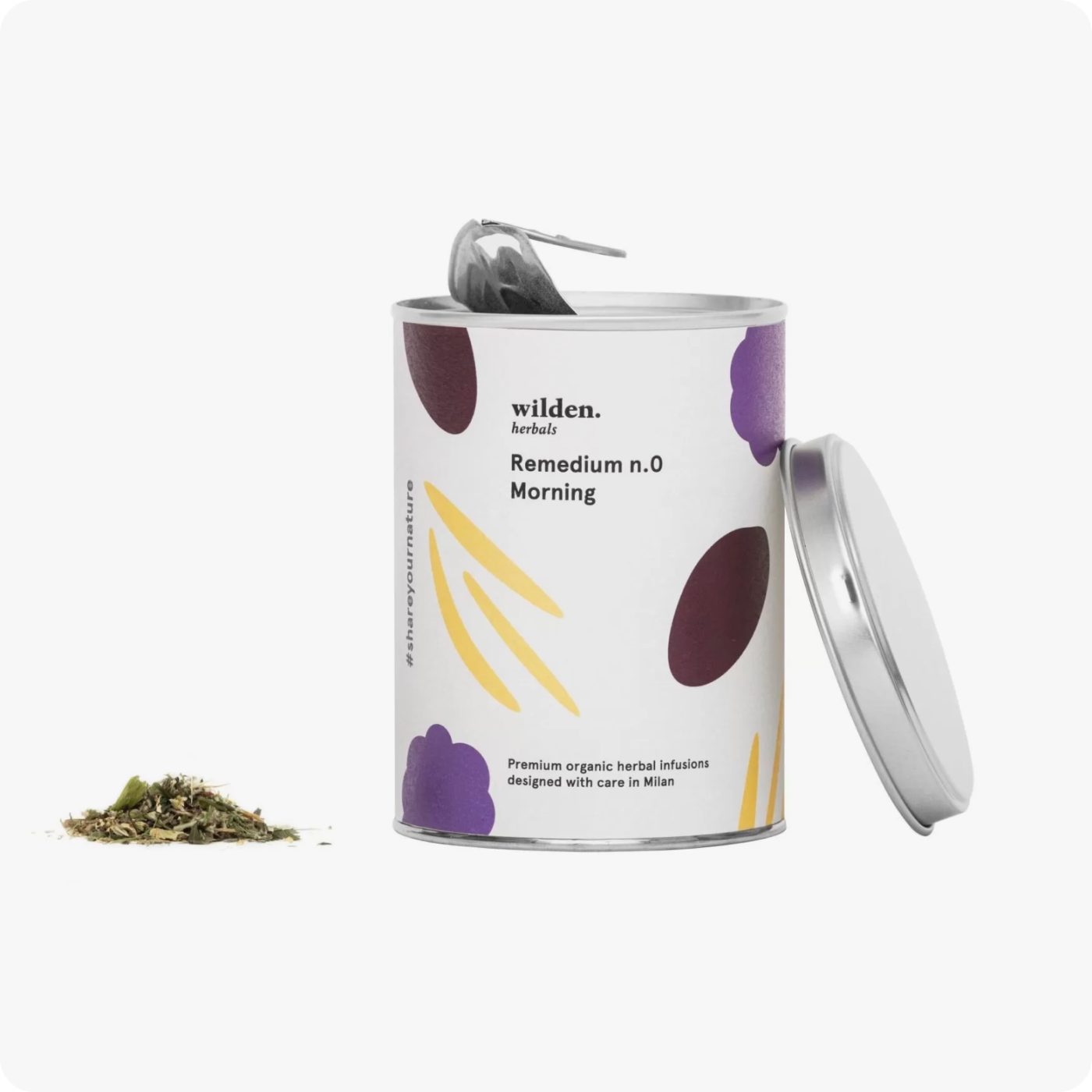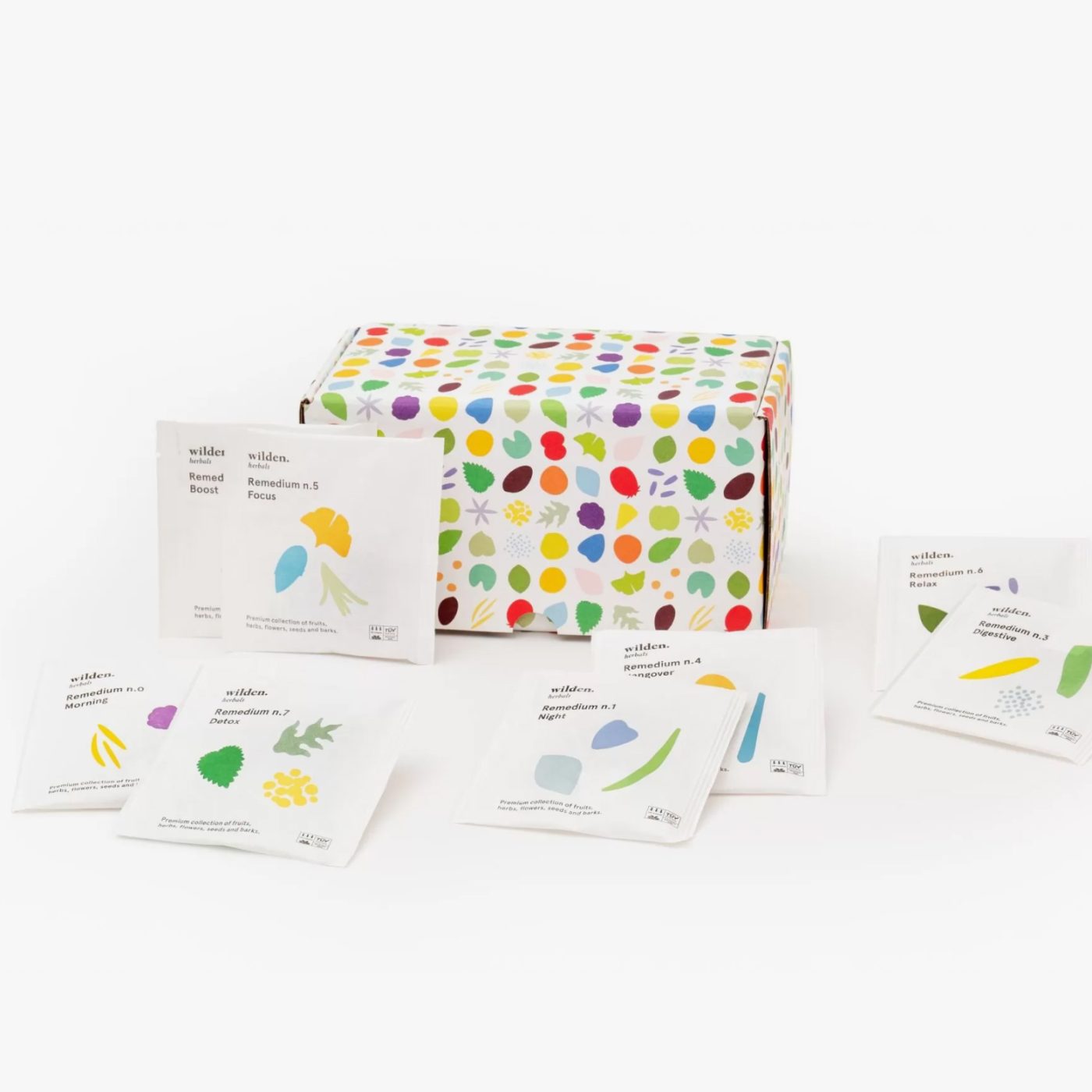Mint, how fresh!
Not just mojitos. Let's discover together the properties, benefits and uses of the many species of Mint, a native plant that smells like summer.
Table of contents:
- What is the mint plant?
- Where does the mint come from?
- Is mint good for you?
- Cow do you use mint?
- Curiosity about mint
What is the mint plant?
Part of the Lamiaceae family along with its equally famous sisters Lemon Balm, Lavender, Sage and others, the genus Mentha includes numerous species subject to strong hybridization. It may have happened to you, too, to find potted mint completely different from the one you used to pick in your grandmother’s garden. It is a plant that grows wild on roadsides, along ditches and in wet environments up to 1,600 m, but numerous varieties are also cultivated.
It is widespread in the temperate zones of Europe, where it originated, and in regions of the Mediterranean basin. It is an herbaceous perennial plant with a distinctive and intense odor; the flowers are corolla-shaped, violet, pink or white, and the leaves vary slightly from species to species. Mentha arvensis or field mint, Mentha longifolia or wild mint, water mint or Roman mint, are just some of the varieties found in our country, each characterized by a different degree of aromaticity.
Particularly relevant is Mentha Piperita, a hybrid created spontaneously by the union of M. viridis and M. aquatica, discovered in the 17th century in England and christened Peppermint . Of European origin, today it is cultivated and appreciated all over the world; it is rich in enzymes and flavonoids, and owes most of its beneficial and aromatic properties to Menthol.
Where does the mint come from?
A Greek legend about the origin of mint says that the nymph Minta, beloved of Pluto, was transformed by Proserpine, angry at her betrayal by her husband, into a small plant so that anyone could step on it. Pluto, to console his beloved, gave her a pleasant, fragrant scent so that she could be appreciated by men. In ancient Greece the plant was used in funeral rites, but also to treat indigestion. Instead, it seems that in medieval Europe, mint was combined with vinegar and used as a mouthwash to freshen breath; both of these uses, as we know, were maintained and refined over the centuries, thanks to the possibility of extracting menthol and other extracts from the very fresh plant. From dental hygiene to digestive wellness, mint has become increasingly popular in candies, chewing gum, mints, toothpastes, and herbal teas.
Is mint good for you?
The mint plant, in its many varieties, has strong antiseptic and digestive powers and, when applied as a solution to the skin, has tonic and astringent powers. Its infusion is also soothing to coughs and useful against oral and respiratory inflammation. In large doses, mint has excitatory and, it seems, aphrodisiac effects.
Several studies on the bioactivity of peppermint then seem to indicate significant antimicrobial and antiviral, antioxidant, and anti-allergenic activities of the plant, as well as relaxing properties on the gastrointestinal system and analgesic properties on the central and peripheral nervous system.
How is mint used?
It may go without saying that mint leaves can be used to flavor salads, sauces, drinks, juices, syrups, and liqueurs.
Peppermint, on the other hand, is less suitable for these purposes, since its flavor is quite pronounced. To fully enjoy its full aroma, it is used in thirst-quenching and digestive mint tea, or even better in an infusion. That is why we at Wilden.herbals have chosen to include this variety within our Remedium no. 3 – Digestive, a herbal tea with a fresh and light taste to be enjoyed after every meal, which promotes digestion and reconciles a proper intestinal cycle. The infused leaves release all the aromas and essences with a characteristic menthol flavor, promoting proper digestion and leaving a pleasant sensation of freshness.
Mint can then be used to make an herbaceous syrup for your favorite summer cocktails: simply mash 40 g of basil and mint leaves lightly in a saucepan, add 150 g of sugar and 235 ml water. Once the sugar has completely melted over medium heat, let it cool, strain the leaves, and store the syrup in the refrigerator-it will be perfect for a nice Mojito revisited!
Curiosities about mint
- To gently but effectively extract essential oils from mint and generally from plants in the same Family, the key is to rub the leaves without breaking them, so that the “little hairs” on the surface can release the oils without leaching chlorophyll. That is why, as you prepare to make your Mint Julep, you must “slap” the leaves and not step on them!
- The genus name (Mentha) comes from the Latin mentha “tongue,” or from mens “mind,” because its infusion was believed to strengthen memory.
- In North Africa, mint is added to tea to combat heat-related exhaustion. Mint tea is generally popular in the Arab world where alcohol is not consumed.
- Mint candies cause an immediate feeling of coolness because the menthol stimulates cold receptors in the nose.
Bibliography
- McKay, D. L., & Blumberg, J. B. (2006). A review of the bioactivity and potential health benefits of peppermint tea (Mentha piperita L.). Phytotherapy Research: An International Journal Devoted to Pharmacological and Toxicological Evaluation of Natural Product Derivatives, 20(8), 619-633.
- https://www.eater.com/sponsored/10709952/a-brief-history-of-mint-from-air-freshener-to-breath-freshener
- Bulgarelli, Gilberto, and Sergio Flamigni. Practical Guide To Medicinal Plants. Hoepli, 2011.










